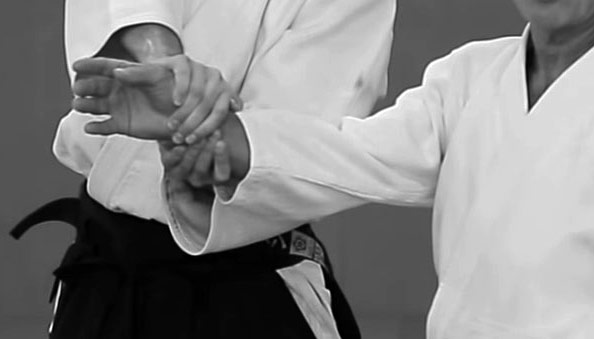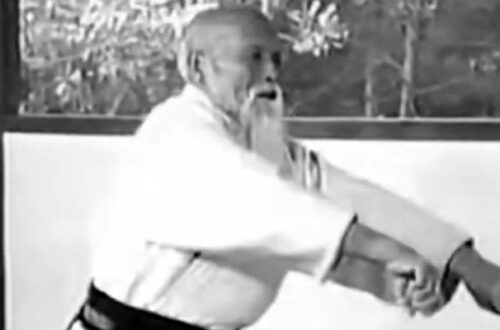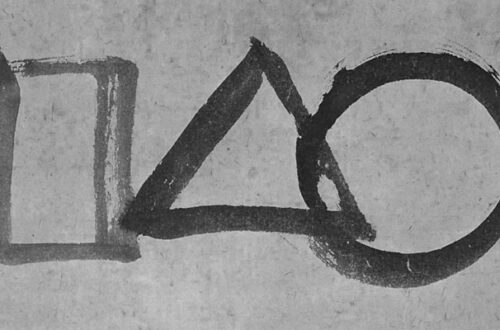
Kuzushi – The Subtlety of Unbalancing Your Opponent in Aikido
Kuzushi 崩し is a term widely used in Japanese martial arts, referring to the act of breaking an opponent’s balance. The word “kuzu” 崩 literally means “crumble” or “collapse,” and “kuzushi” generally signifies the concept of unbalancing an opponent. While most commonly associated with Judo, the term is also employed in Aikido and some other martial arts, though its interpretation can vary slightly across different disciplines.

Judo competitors are constantly seeking opportunities to break their opponent’s balance
In Aikido, kuzushi occurs at the moment of initial contact. On a physical level, it is achieved through a combination of timing, positioning, and posturing. By employing precise timing, the nage 投げ (defender) can anticipate the movements of the uke 受け (attacker), or even guide them into an anticipated action, applying the right amount of force at the right moment to unbalance them. Proper positioning is crucial, as it enables the nage to use their body weight and leverage to their advantage. By shifting their weight and positioning themselves at the correct angle, the nage can exert minimal force for maximum effect. Maintaining a strong posture is also essential, as it ensures the nage can unbalance the opponent without losing their own stability.
On a more advanced level, the nage must feel the opponent’s intent, discerning the direction and flow of their force, either at the moment of contact or just before. The nage can then guide and manipulate that force to the point where the opponent loses balance. Simultaneously, the nage hides their own intent and power using the concept of datsuryoku 脫力, which involves relaxing and removing one’s own force in a way that prevents the opponent from sensing it. This makes it impossible for the uke to regain their balance by resisting the nage’s force. Some Aikido practitioners may refer to this subtlety as Aiki 合気, though interpretations of Aiki vary, and the full discussion of Aiki is beyond the scope of this article.

Kuzushi in Aikido enables the nage to unbalance the uke before executing a technique
Although Morihei Ueshiba, the founder of Aikido, may not have explicitly used the term kuzushi in his teachings, the concept of unbalancing an opponent is undeniably central to Aikido practice. Instead, Ueshiba often used the term Aiki to describe the blending and harmonization of energy. As mentioned earlier, kuzushi can be seen as a manifestation of Aiki. It’s important to recognize that the terminology and concepts in Aikido have evolved over time, with different instructors and schools using varying language to describe similar principles.
Kuzushi is not a specific technique, but rather a concept that allows the practitioner to neutralize the opponent’s strength by breaking their balance without resorting to direct force. As such, there is no fixed body movement or technique to achieve kuzushi—it is a principle that can only be mastered through experience and continuous practice. Once kuzushi is achieved, any Aikido finishing technique, such as a throw or pin, can naturally follow.
Ultimately, kuzushi is not unique to Aikido; it is a fundamental principle in many martial arts. While different Aikido instructors may use varying terminology, the concept of kuzushi remains a cornerstone of Aikido practice.
Author’s Note: We appreciate your readership! This article serves as a preliminary introduction to the subject matter. While we aim for accuracy, we cannot guarantee the content’s precision and it may contain elements of speculation. We strongly advise you to pursue additional research if this topic piques your interest. Begin your AikidoDiscovery adventure! 🙂




